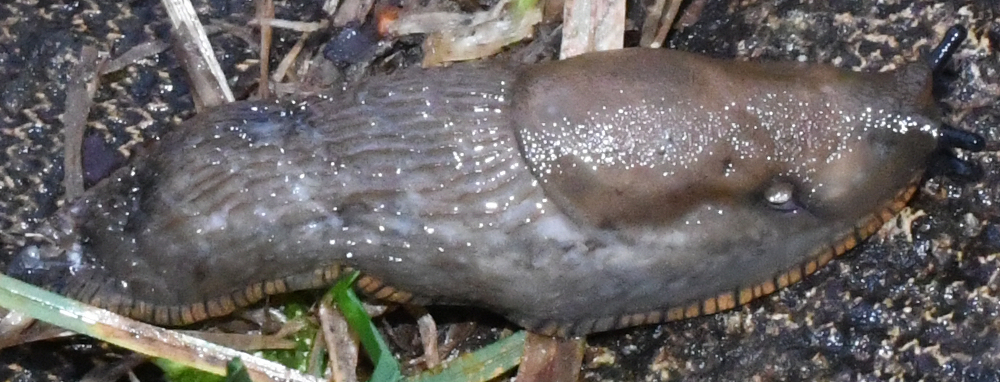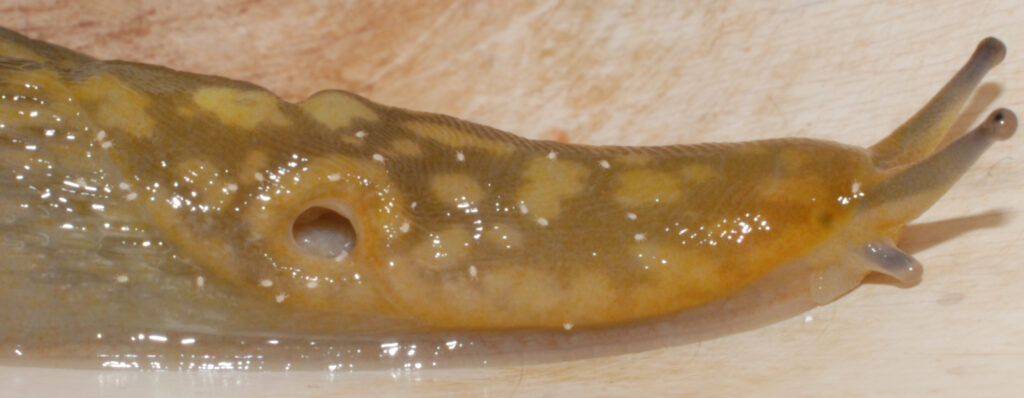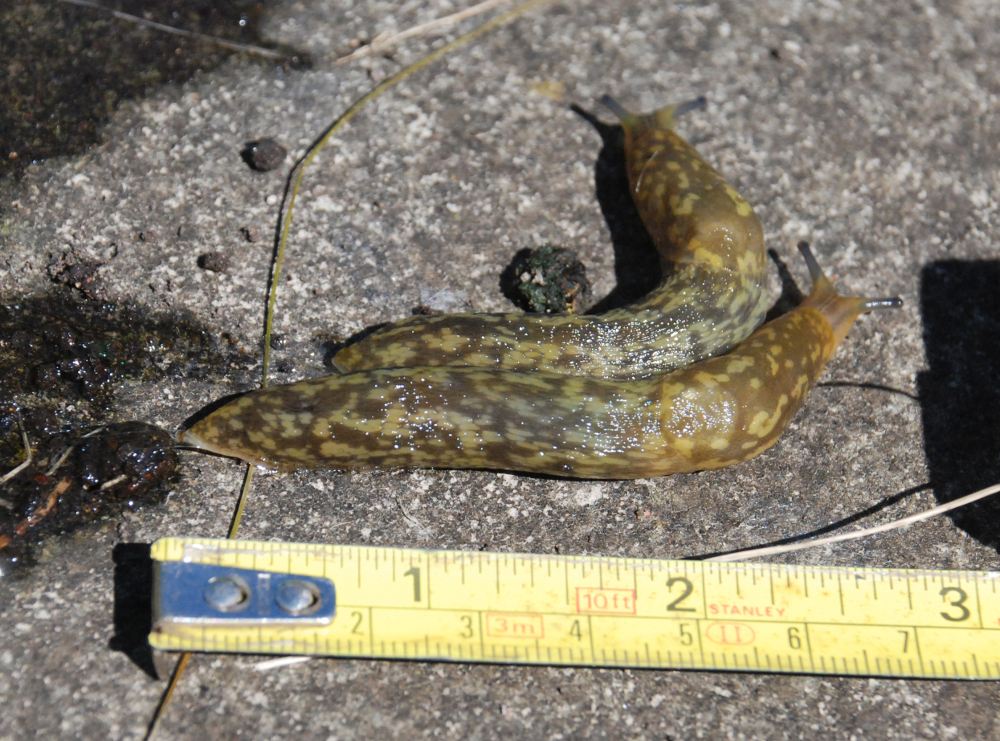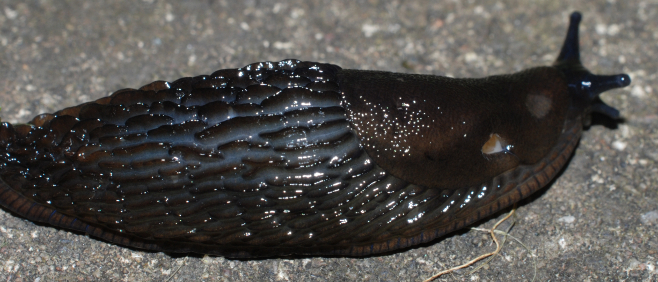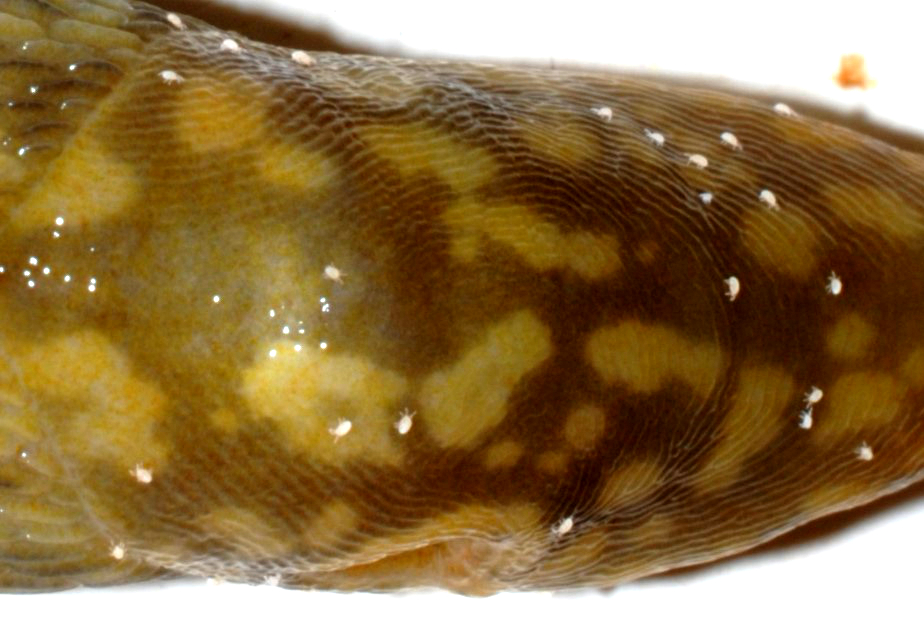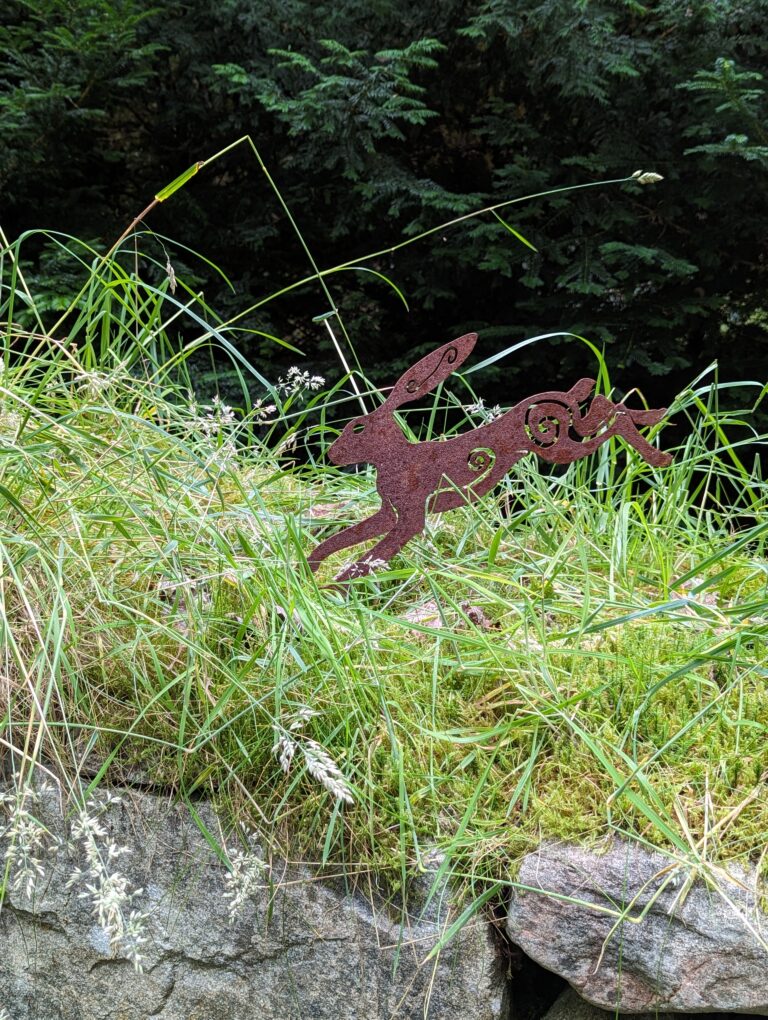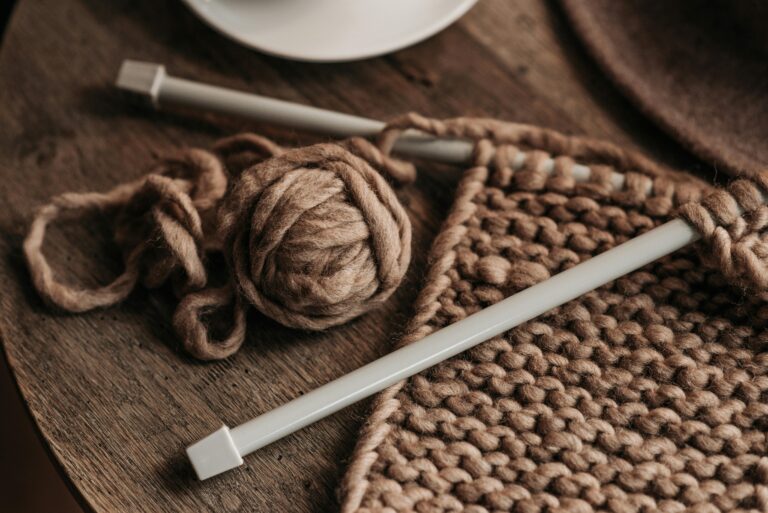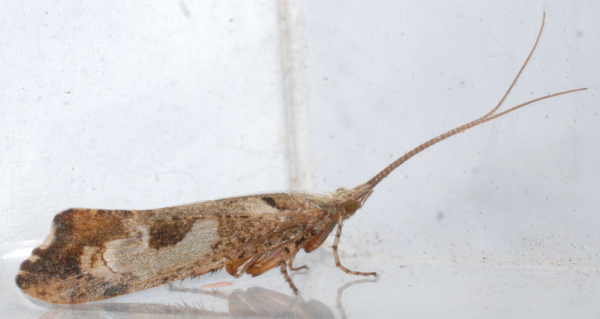Slugs are not everyone’s favourite animals and also tend to get a bad press. However, occasionally people do see a potentially interesting one and take a photo in the hope of getting an identification. These notes are intended to help people with deciding what to photograph.
Slugs come in various sizes and colourations and it helps to know what a slug enthusiast (not a very common type of person!) would be looking for in order to identify it. So let’s see what might be appropriate in the North Sutherland area.
Big black slugs
Let’s start by looking at these as they are among the commonest ones in the north of Scotland and are most likely to be Arion ater. Unsurprisingly, they are given English names like ‘Large Black Slug’. The Aidgap guide (see end of article) tells us that it is a characteristic species of acid upland grassland and bogs, but is also common in lowlands, including gardens. Here is one photographed near Loch Assynt.
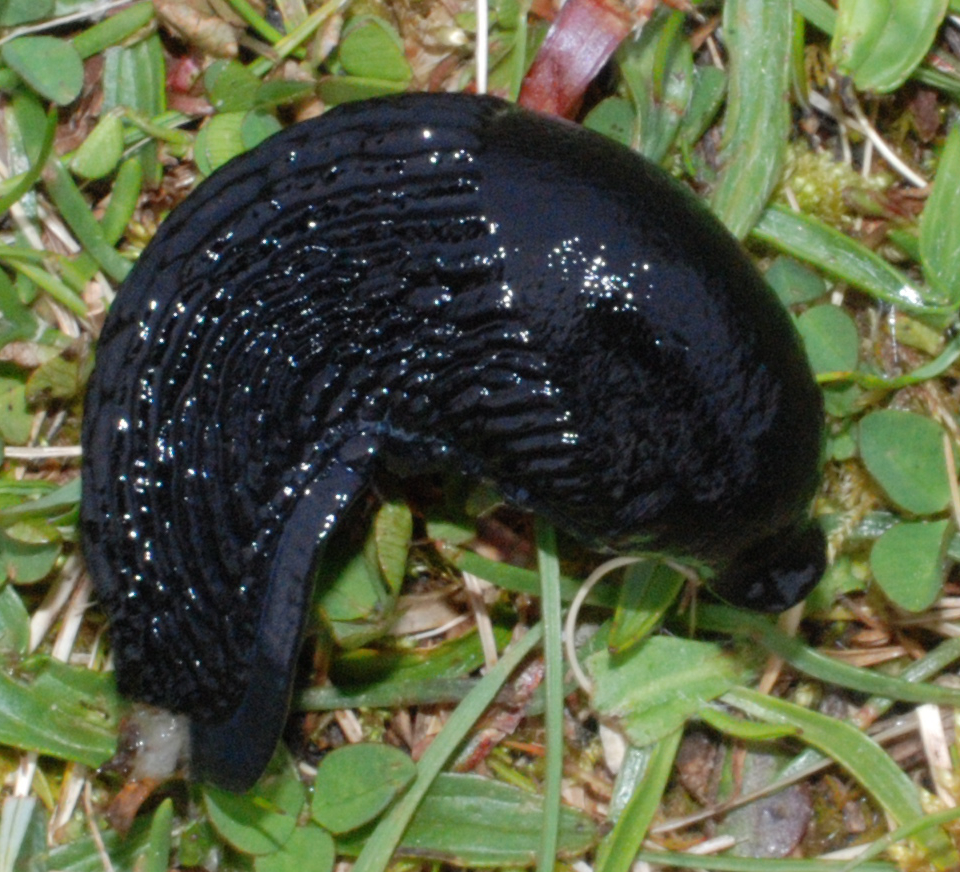
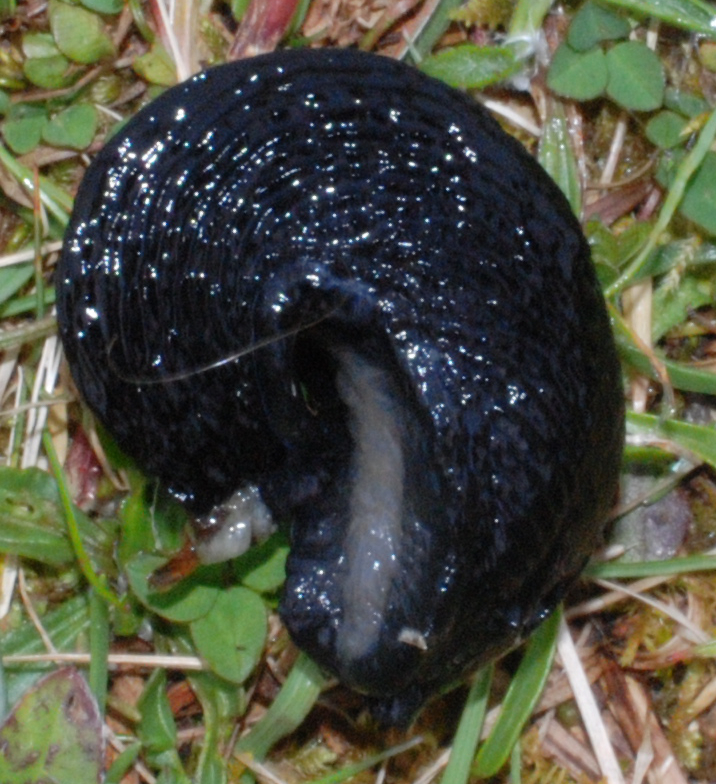
The photo on the left shows the right hand side of the slug, with a smoother mantle at the head end, lines of tubercles along the rest of the body and a light-coloured ball of mucus at the mucus pore on the end of the body. The photo on the right shows the underside, with a sole that is paler than the rest of the body, while the foot fringe is a similar colour to the adjacent body sides. These are all features that are useful for identification. It is worth noting that while these photos are of a typically-coloured black slug, juveniles (and occasionally adults) of this species are often lighter in colour, the Aidgap guide noting that pale yellow juveniles often become jet black adults.
Mantle and breathing pore
The smoother area at the front of the slug is known as the mantle and its right hand side contains the slug’s breathing pore. It’s not easy to see the breathing pore in the very black slug illustrated above but its position is useful in distinguishing between some slug families so let’s have a look at a lighter-coloured slug from my garden in Fife.
Here, the breathing pore is the light spot on the side of the mantle and it is clearly in the front half of the mantle. That narrows down this individual to the Arionidae, a group that includes the Arion ater illustrated earlier. Note, however, that this slug has a yellow-orange foot-fringe with black stripes, which suggests it is one of the other Arion species. There are records of quite a few of these other Arion species in northern Scotland so slugs that aren’t simply pure black need more work and a greater variety of photos for identification. For comparison, here is a slug with the breathing pore clearly in the rear half of the mantle. This one is probably a Green Cellar Slug, Limacus maculatus.
Size
Slugs come in a variety of sizes and it is useful to have some indication of scale in a photo, though it doesn’t have to be as formal as a tape measure!
Tubercle size, keels and bands
Some species of slug have coarser tubercles than others. Also, some have more-or-less uniformly coloured bodies while others can have bands of varying widths along the top or along the sides. Showing these features ideally requires photos both from above and from the side (preferably the right-hand side). The individual below has a raised stripe (a keel) along the top of the body, but only in the rear part of the body. This points towards it being one of the Short-keeled Slugs.
The one below, on the other hand, has a raised pale keel reaching all the way from the mantle to the end of the body, suggesting that it is one of the Long-keeled Slugs.
Also, just visible in the lower of the two photos are pale bands running along each side of the body.
To illustrate tubercle size, compare the photos above with the much coarser tubercles of the slug in the photo below.
Mantle patterns
Occasionally a pattern of rings on the mantle can be a useful identification feature, though it can be difficult to show clearly in a photograph. The one below has a faint pattern of rings. Ideally, the photo should be taken from more-or-less directly above so that it can be seen whether any rings or other pattern are centrally-aligned or off to one side.
Summary for photographers
Slugs can be difficult to identify to species, particularly as immature ones complicate the issues. The Aidgap guide notes that “many species are extremely variable in appearance” and “juveniles of some species may resemble the adults of others”. Nonetheless, by using a combination of features it is often possible to get an identification to at least a family or group of species. At least we don’t need to worry about male / female differences as every slug is both male and female. If you want to identify one of these unloved animals then, if practicable, take at least three photos:
- A view from above to show the general colouring and patterning and the presence of any keel, ideally with something to give a rough measure of size.
- A view of the right-hand side to show the position of the breathing pore, the colour and any patterning on the foot-fringe and the presence, location, width and colouration of any bands running along the side.
- A view of the underneath showing the colouration of the sole and any patterning extending across into it from the foot-fringes.
Reference
Aidgap Guide ‘Slugs of Britain and Ireland’, 2014, Field Studies Council.
Don Matthews
6th August 2023

